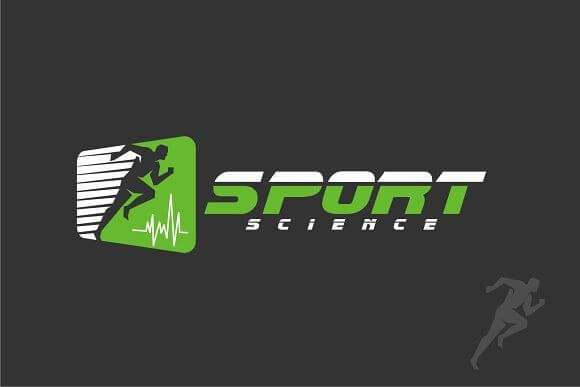Sport Science Exit Exam Practice Exam
in University Exit ExamWhat you will learn?
Successfully completing this exit exam in Sport Science will provide students with a comprehensive understanding of the principles and practical applications in the field.
Successfully completing this exit exam in Sport Science will provide students with a comprehensive understanding of the principles and practical applications in the field.
About this course
The Sport Science Exit Exam Practice Exam is designed to assist sport science students in preparing for their final exit exam. This practice exam provides a simulated testing environment where you can assess your knowledge and understanding of various sport science concepts, theories, and research methods. The exam covers topics such as exercise physiology, biomechanics, sport psychology, and research design in sport science. By taking this practice exam, you can evaluate your preparedness, identify areas that require further study, and build confidence for the actual exit exam.
Requirements
To participate in this exit exam, students must be enrolled in a recognized undergraduate sport science program at an Ethiopian university or college.
Students should have completed all the necessary prerequisite courses and have a good understanding of the core concepts covered in the Sport Science curriculum.
FAQ
Comments (2)

Good
Here are some things to consider when writing an overview and historical perspective for your online course content:
Sport science is an interdisciplinary field that draws on knowledge from a variety of disciplines, including biomechanics, physiology, psychology, sociology, and anthropology.
Sport science research is a complex and multifaceted field, and as such, it is important to consider the ethical implications of any research that is conducted.
Energy systems and metabolism are the processes by which the body converts food into energy that can be used for movement, cell function, and other bodily processes.
Cardiorespiratory adaptations to exercise are the changes that occur in the heart, lungs, and blood vessels in response to regular physical activity.
Musculoskeletal adaptations to exercise are the changes that occur in the muscles, bones, and connective tissue in response to regular physical activity.
Biomechanics is the study of the mechanics of human movement.
Sport movement analysis is the process of studying and evaluating how athletes move in order to improve their performance.
Biomechanical factors are the physical principles that govern how the human body moves.
Sport nutrition is the study of how nutrition affects athletic performance.
Macronutrients and micronutrients are essential for optimal athletic performance.
Optimal nutrition is essential for both performance and recovery.
Research design is the process of planning and conducting a research study.
In research, there are two main types of methods: quantitative and qualitative.
There are many different data collection and analysis techniques that can be used in research.
Here are some of the most important sport psychology concepts:
Motivation and emotion are two of the most important factors in sports performance.
Mental skills training (MST) is a type of psychological intervention that is designed to help athletes improve their performance.
Periodization is a training method that divides the training year into different phases, each with its own specific goals and objectives.
Injury prevention and rehabilitation are important for all athletes, regardless of their sport or skill level.
Assessing and enhancing sports performance is a complex process that involves a variety of factors.



.png)






V.good